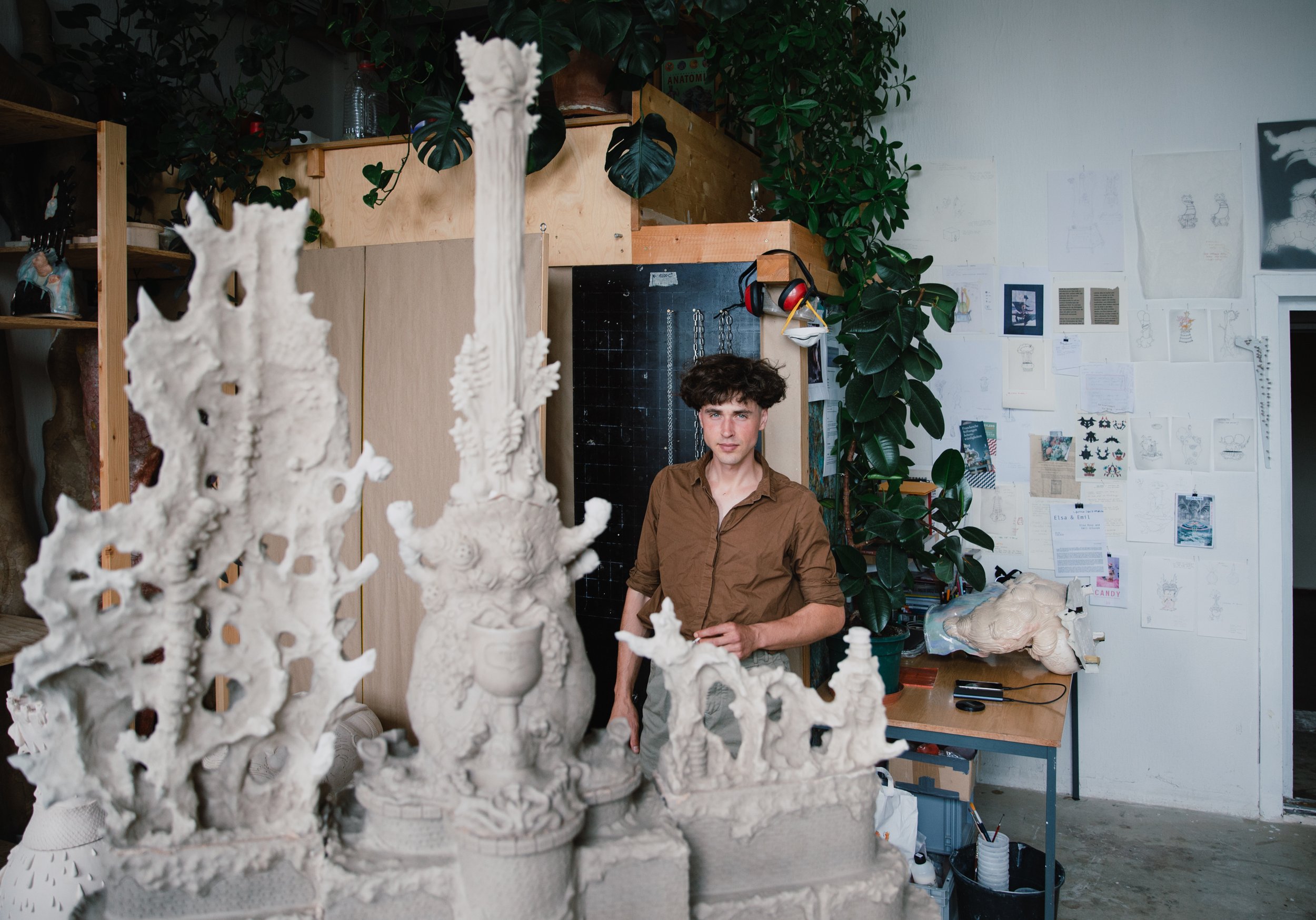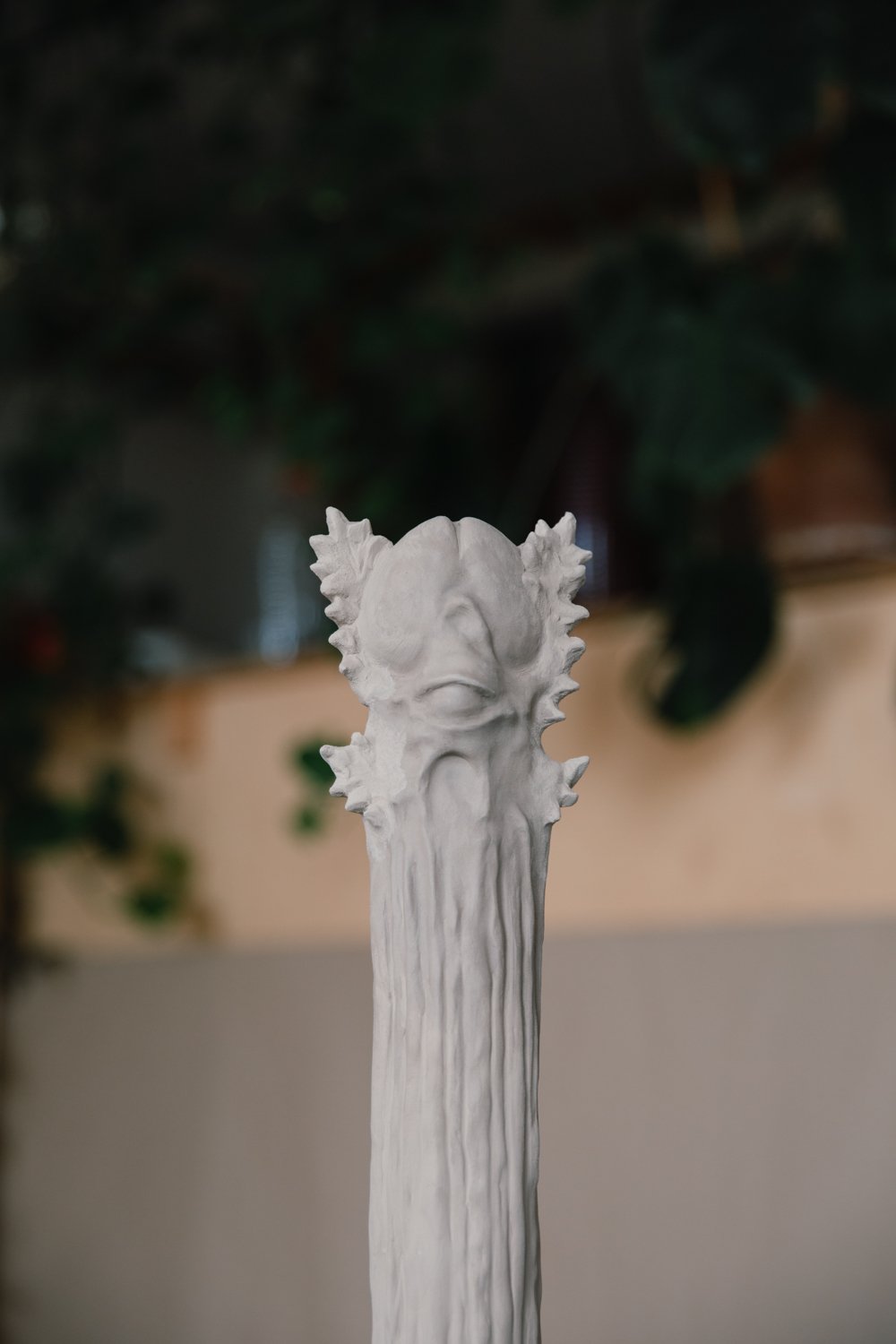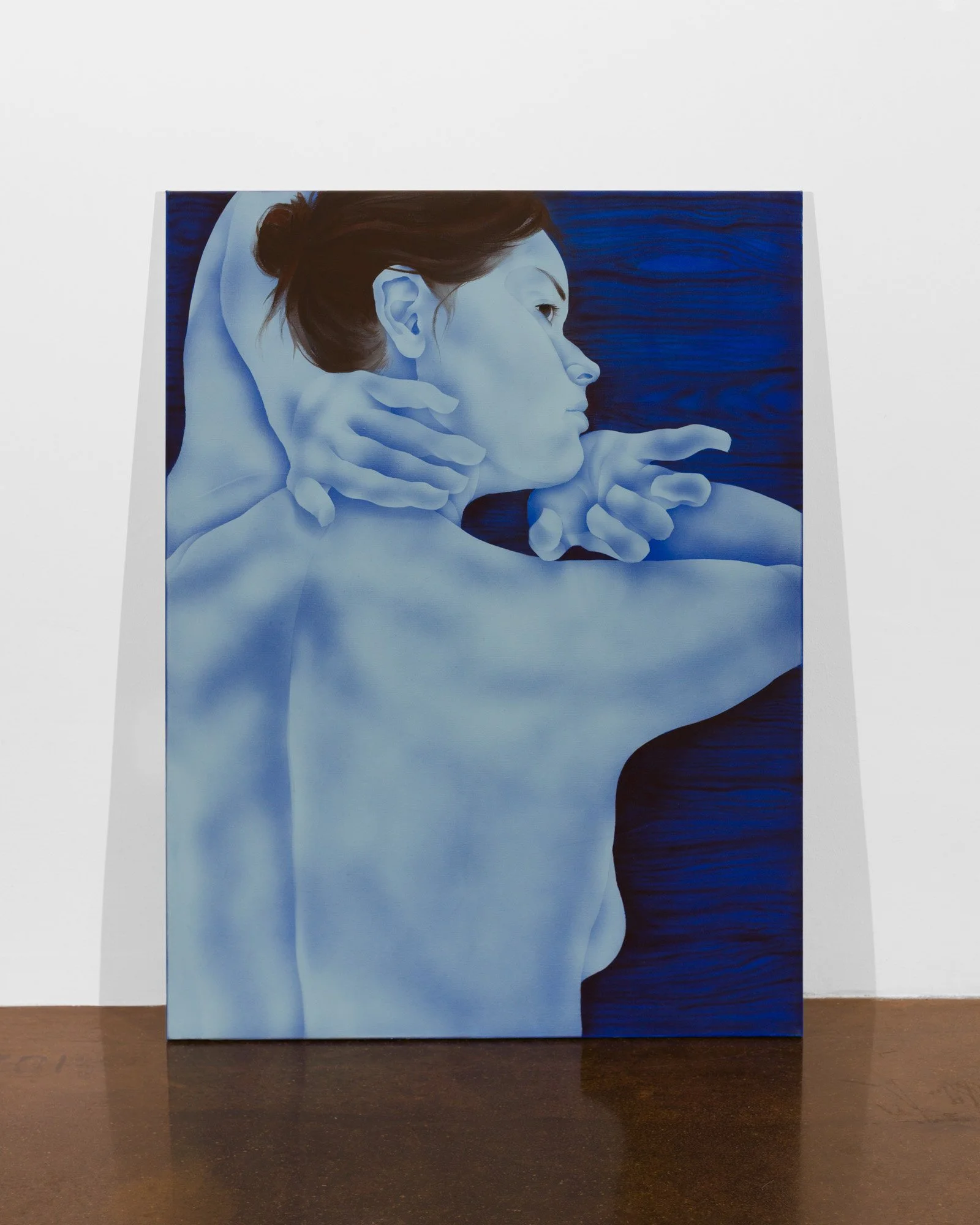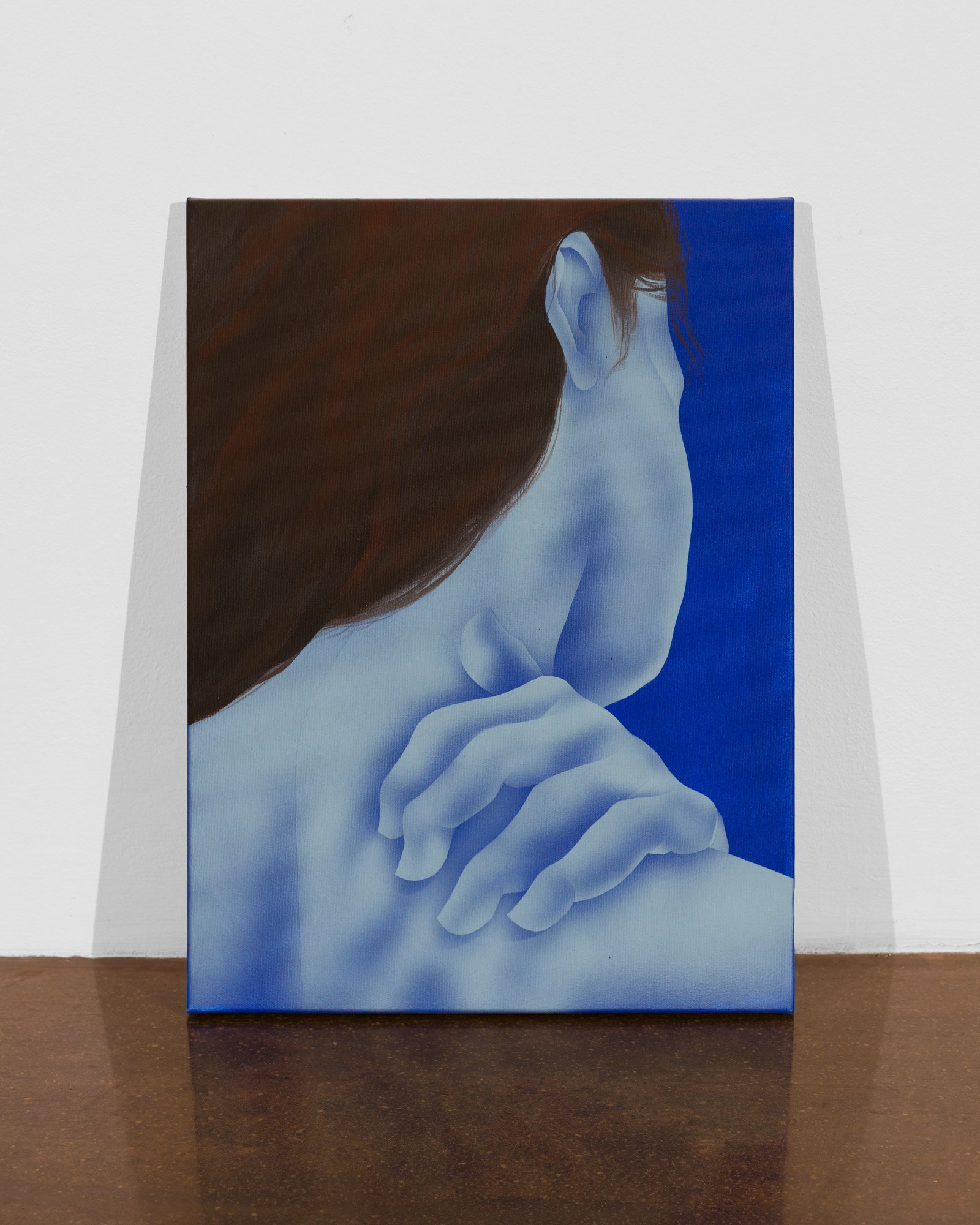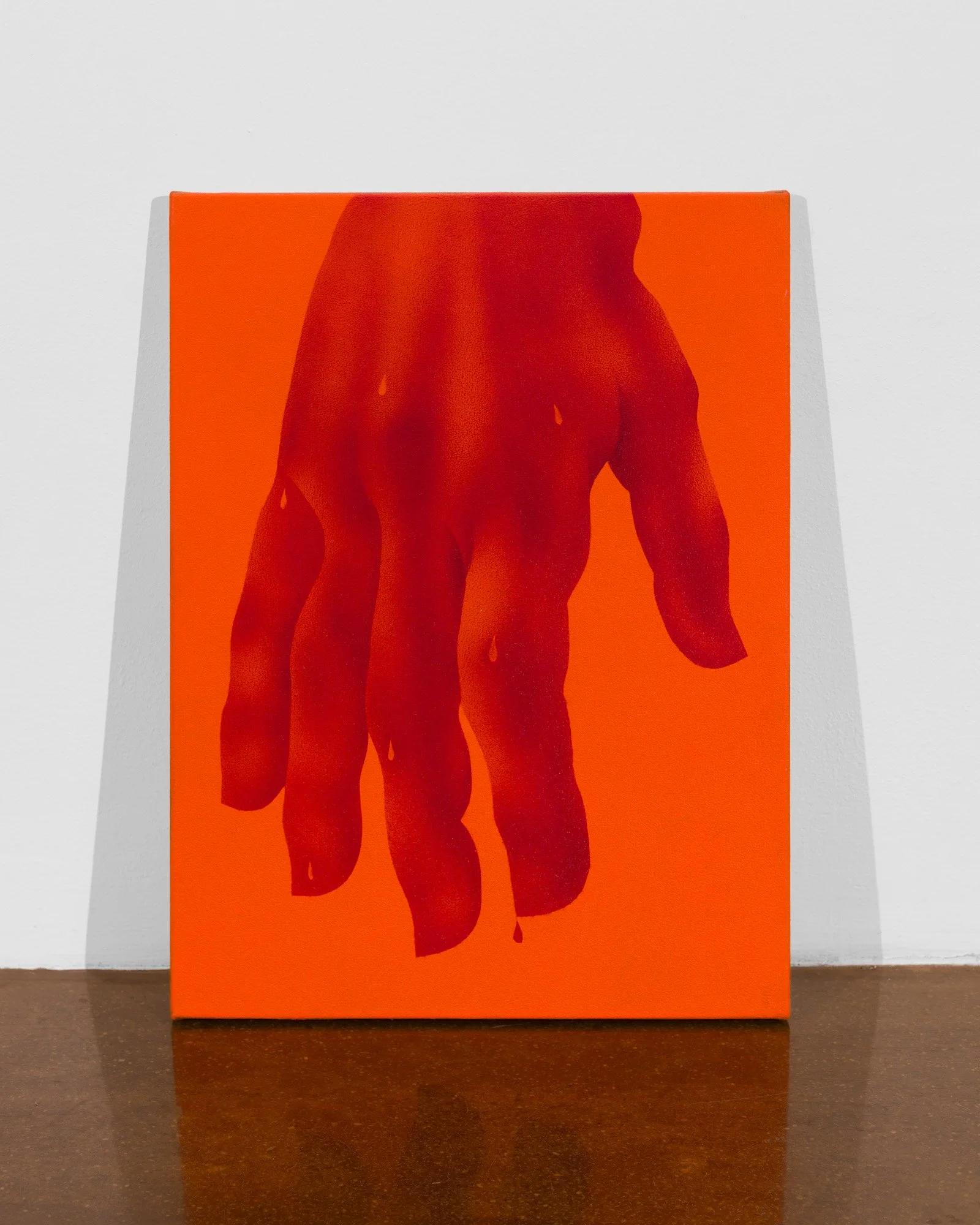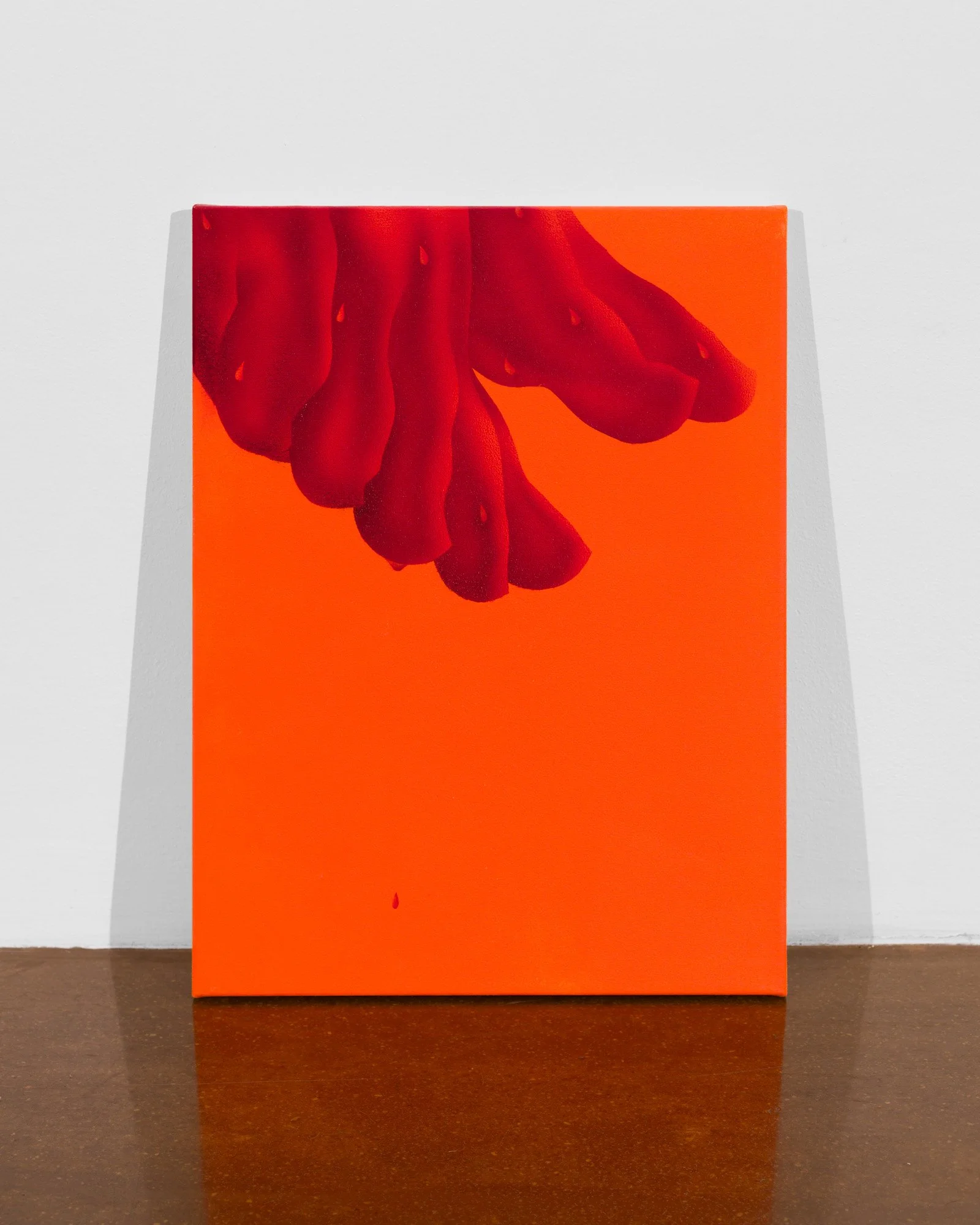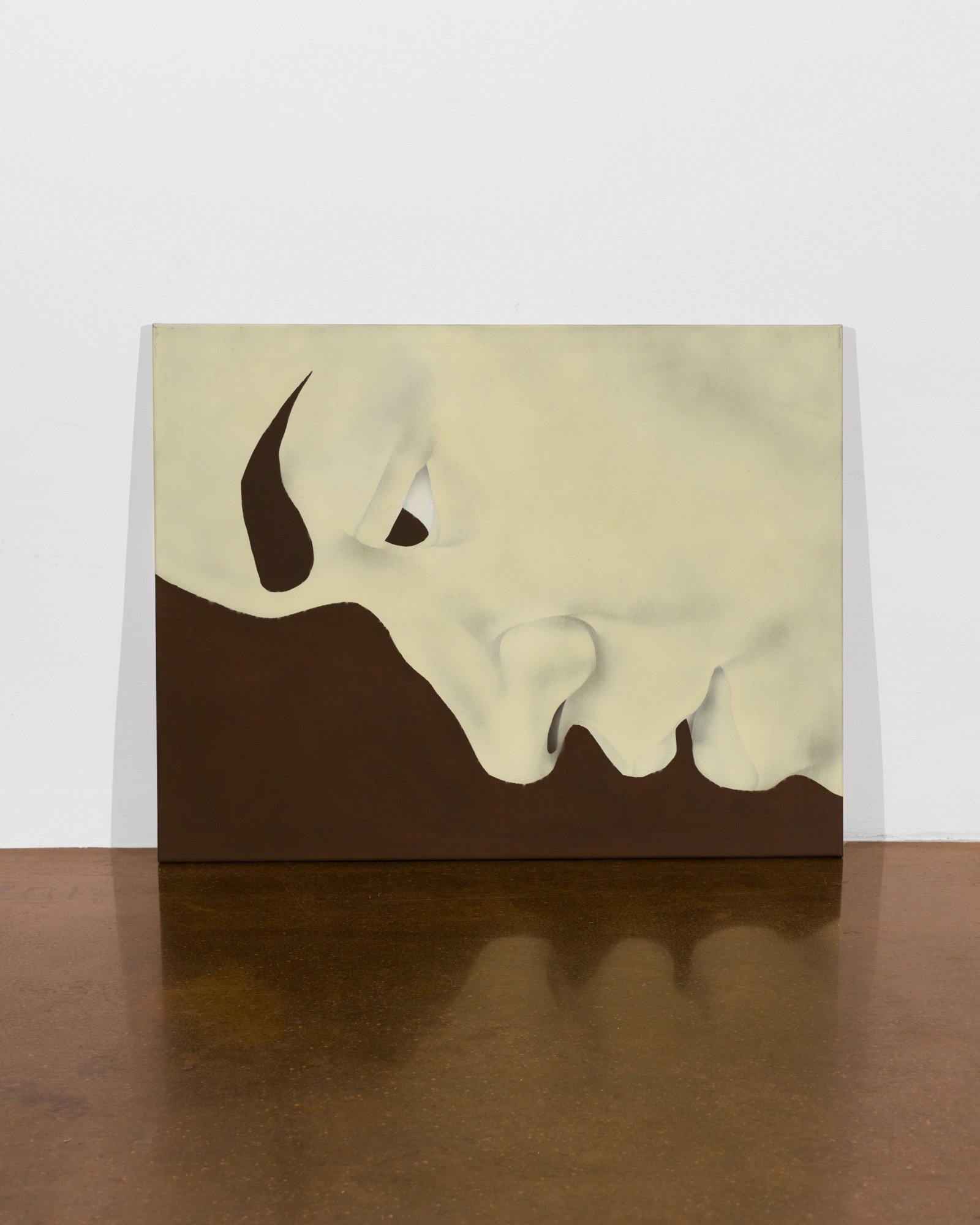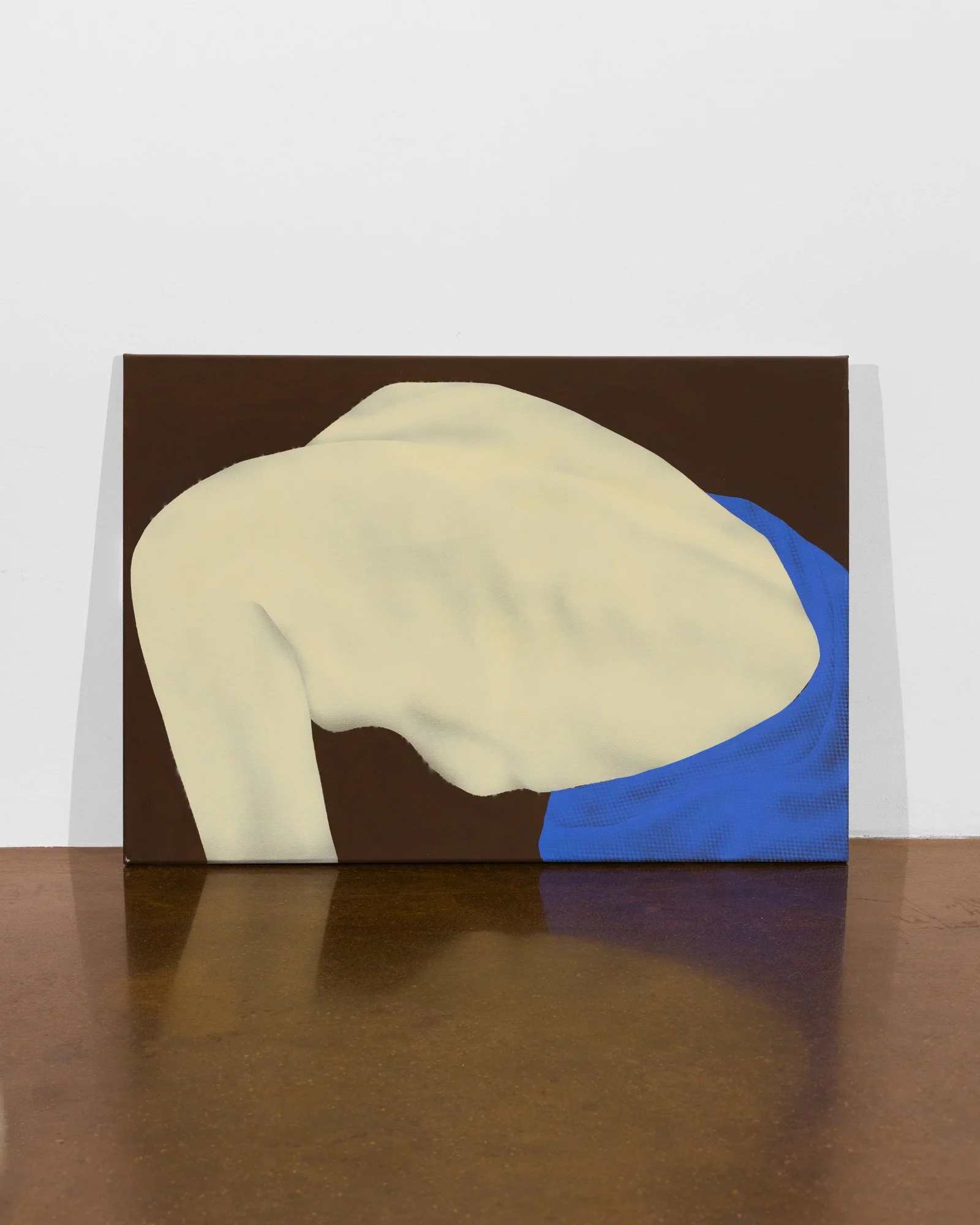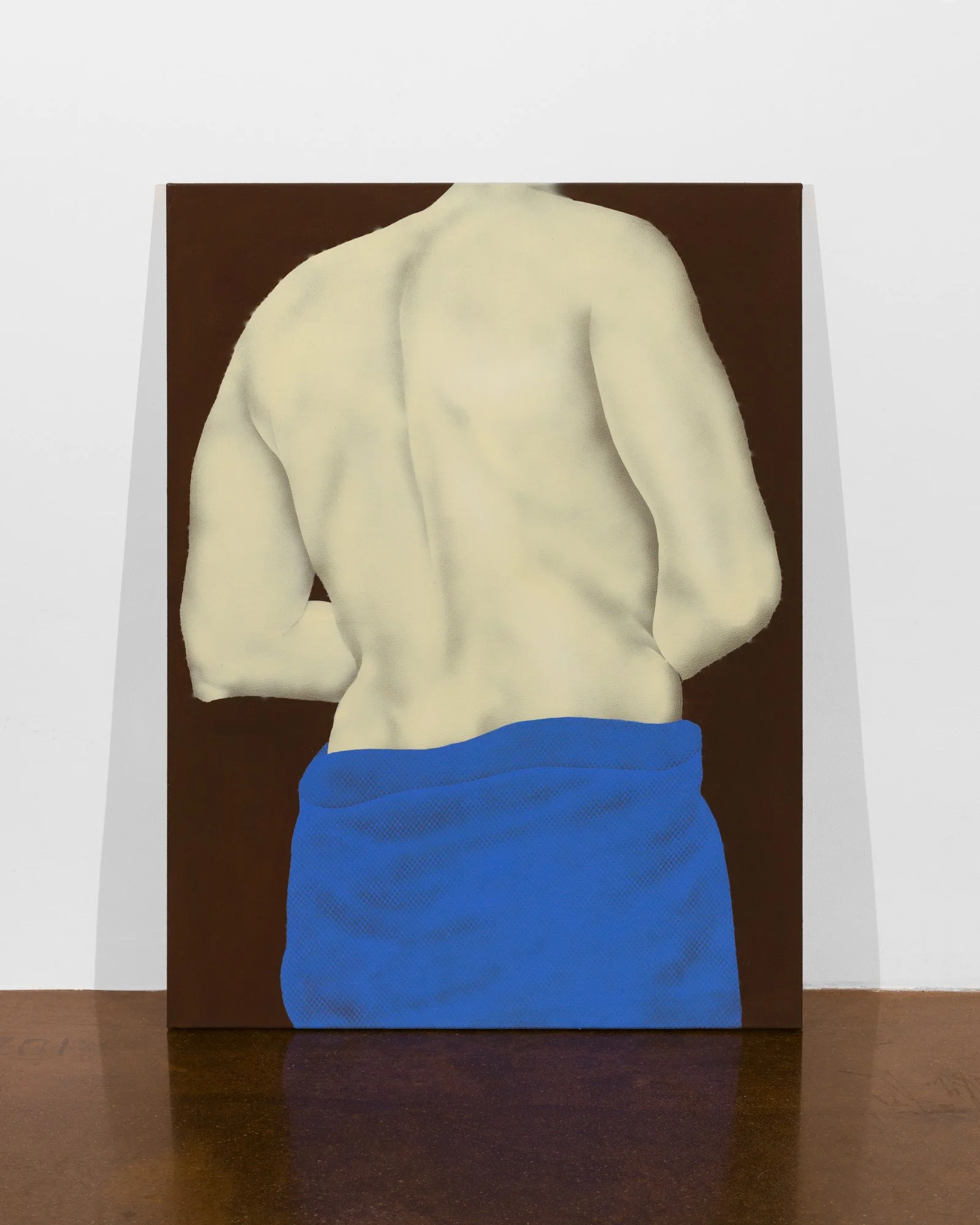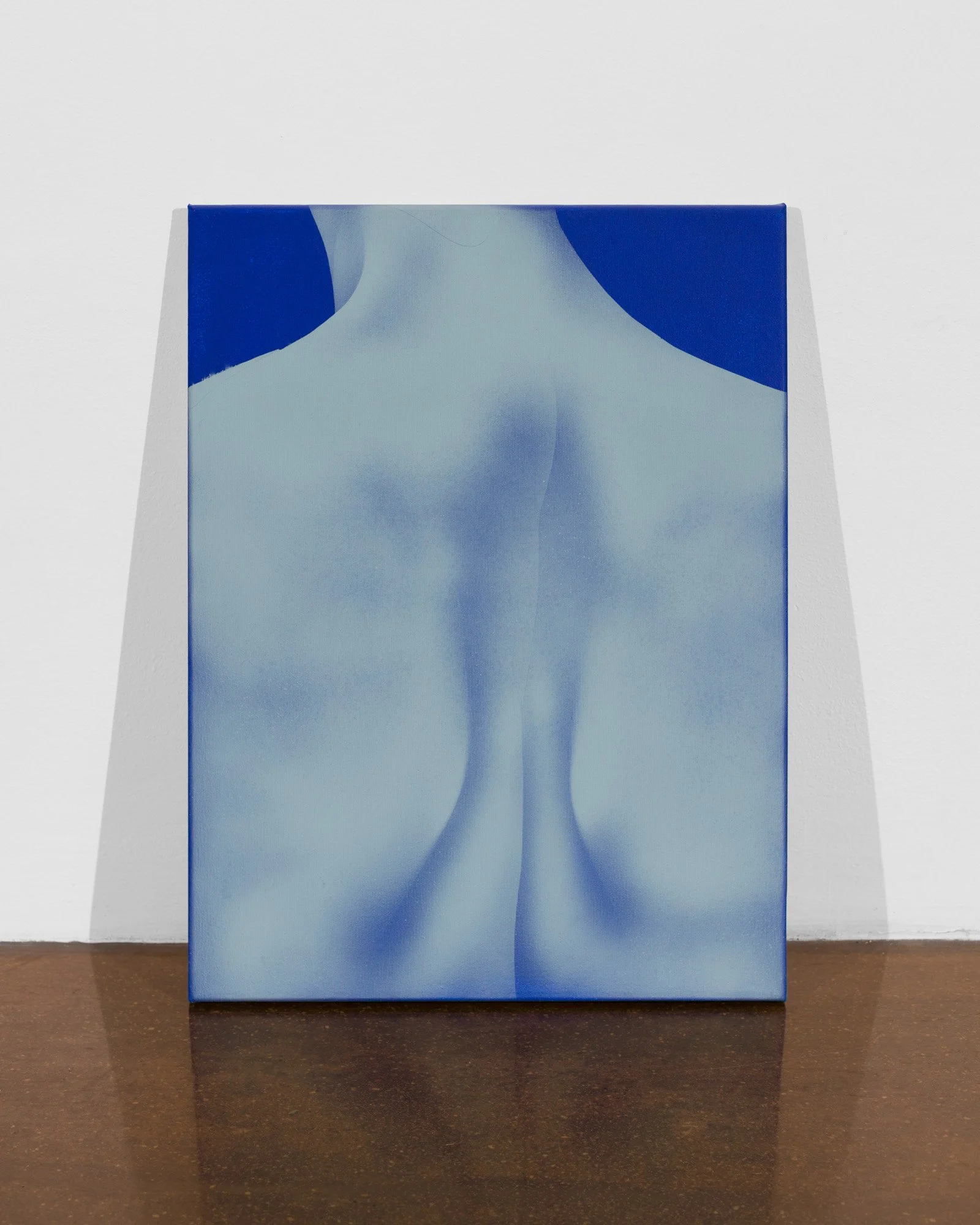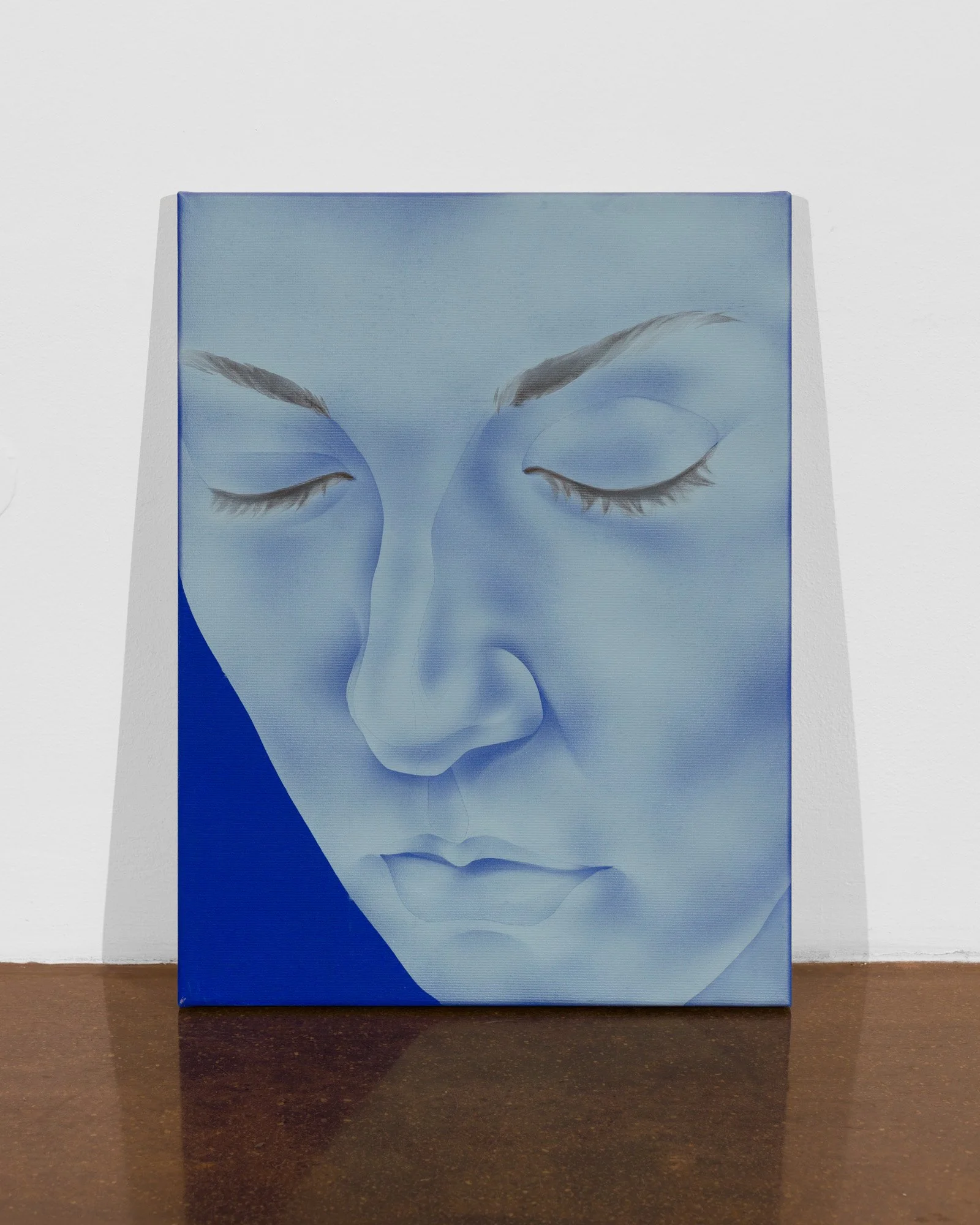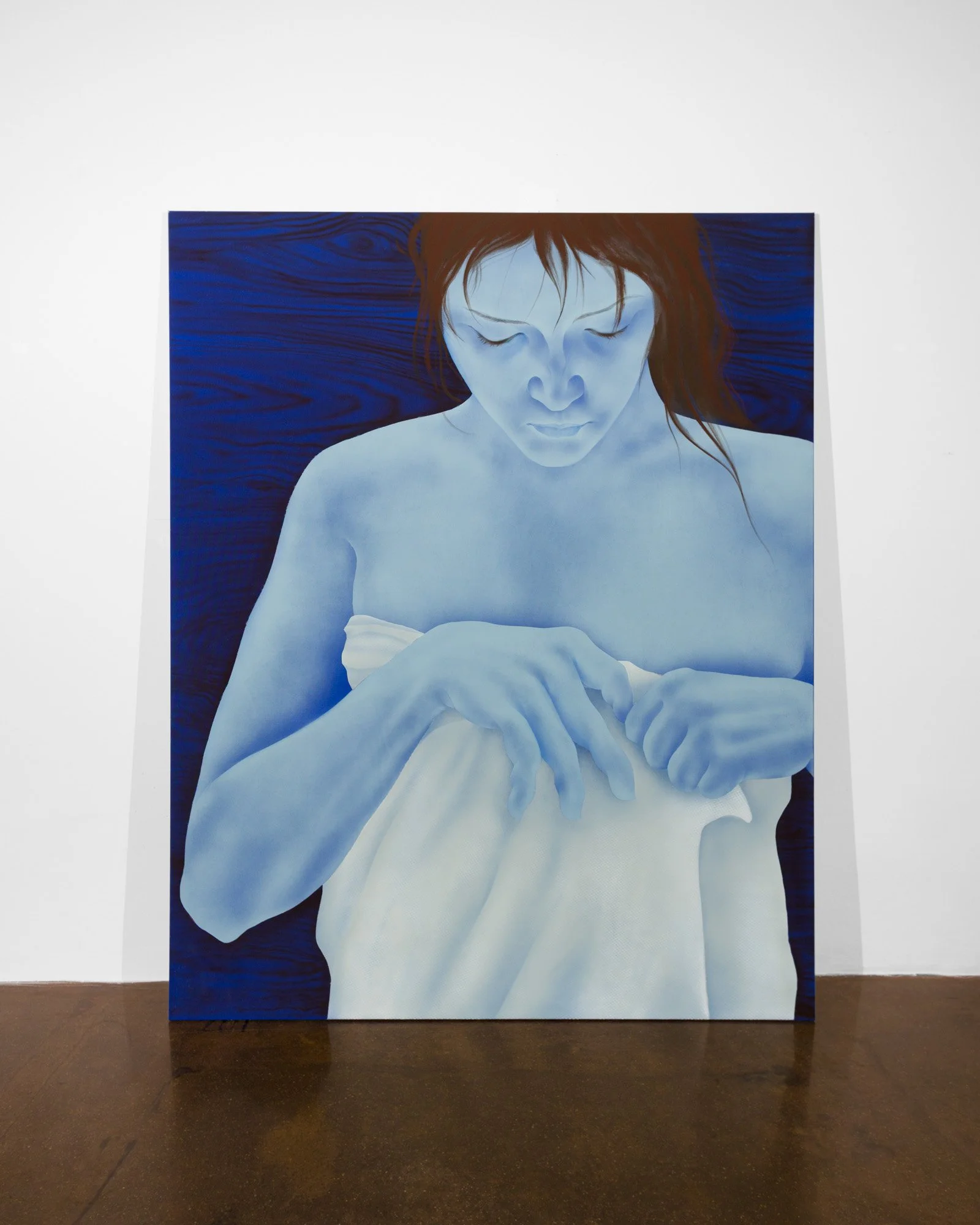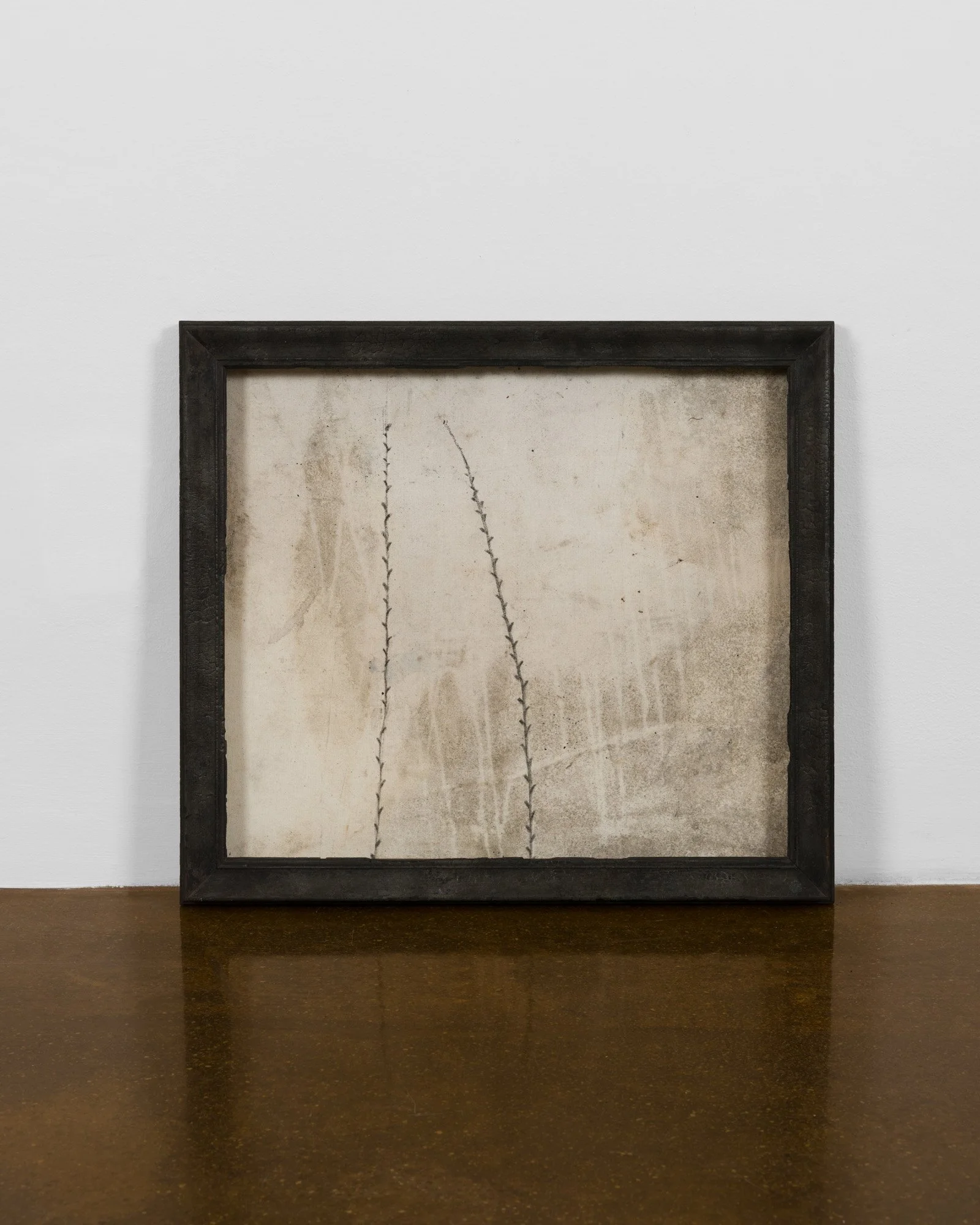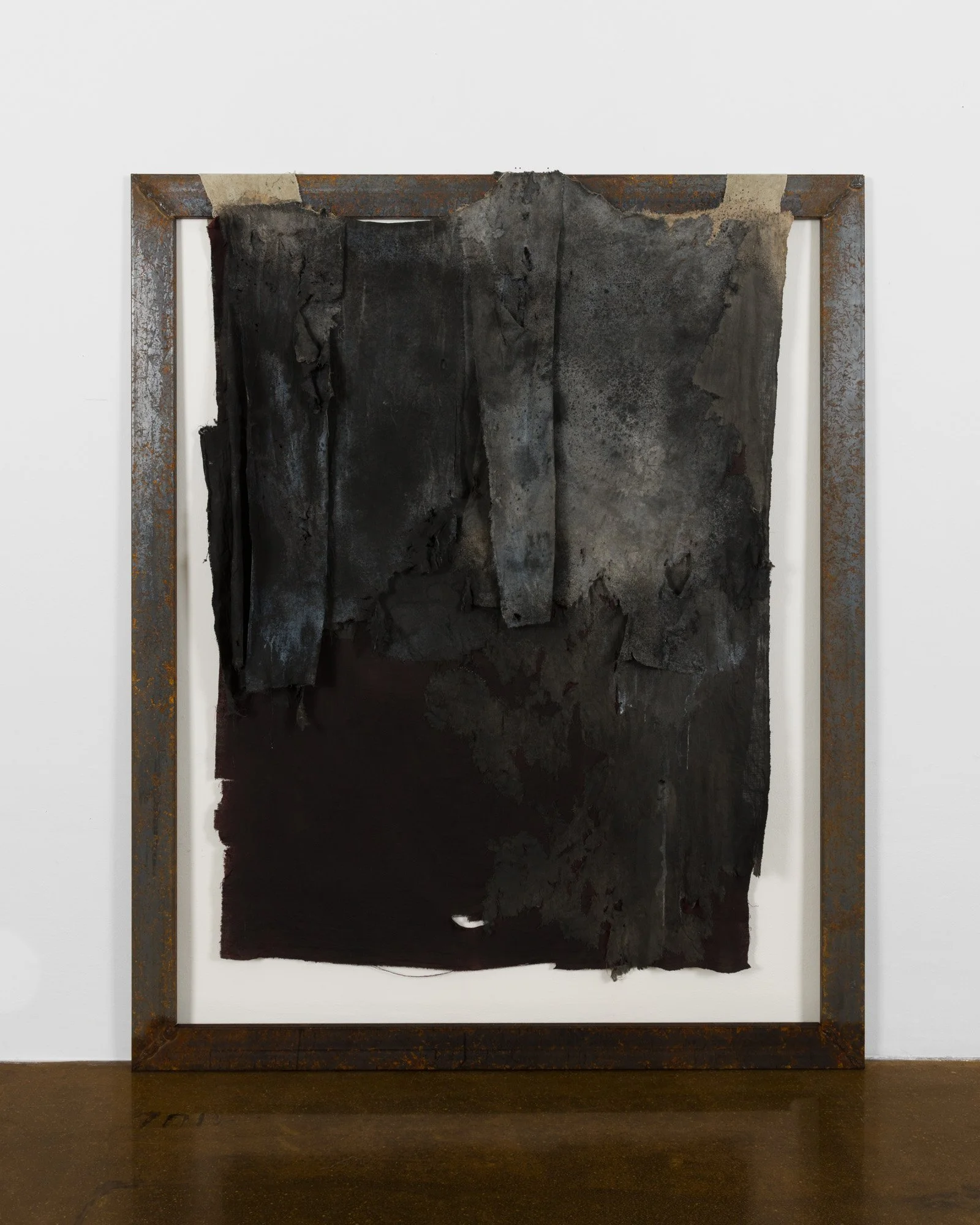Dominik Adamec Studio Visit
We visited the studio of Dominik Adamec in Berlin, where he shared his thoughts on his artistic journey. After winning the BBA Artist Prize 2024, he expressed mixed feelings about the award. We also talked about cis work, which blends natural sciences and philosophy, engages viewers visually but also invites deeper reflection and many more.
Congratulations on winning the BBA Artist Prize 2024! What was the experience like for you, and how do you think this recognition will impact your career?
At first, I was very happy, especially because of the promises that such awards typically bring. However, during the announcement itself, I felt it was more of a commercial spectacle than a genuine search for interesting artists. It was, frankly, an embarrassing show. For me, it was an important lesson, making me realize I need to be more discerning when it comes to participating in competitions like this, as there are so many today. Most of them promise things that are either untrue or greatly exaggerated. Since then, I’ve been more cautious and focused on competitions that truly matter. After this experience, I wouldn’t recommend the BBA Prize, and I declined the solo exhibition in Berlin that was part of the first prize.
Your works clearly involve a deep level of thought and conceptualization, touching on themes from natural sciences to philosophical and social questions. How important is it to you that viewers fully grasp the conceptual ideas behind your sculptures? Or are you satisfied if they primarily appreciate the visual and emotional impact of the pieces, regardless of the underlying concepts?
For me, aesthetic form is the first thing that captures attention, whether it’s pleasant or unsettling. However, the layers of meaning, their arrangement, and leaving a key for their interpretation are what I consider my personal signature. I think most viewers engage with my work primarily through its visual language. That’s not necessarily a bad thing, but understanding the deeper meanings requires spending time with the piece—something many people lack, or they settle for seeing, for example, a dreamy hamburger resembling a mushroom stuffed with human intestines and an anus.
I've noticed that you've written several essays on your website. Could you tell me more about the themes you explore in your writing and how they connect to your artwork? Are these essays more like studies that inform your creative process, or do they serve to complement and deepen the understanding of your finished pieces?
I used to write a lot, even though I wasn’t particularly good at it—or at least not in a way that would result in texts suitable for publication. Nevertheless, writing helped me understand what I was looking for or at least pointed me in the right direction. Writing is a focused process that used to calm me and help articulate the ideas I wanted to realize. Thanks to that, I developed the visual language I now work with, which I believe is much more consistent. Through my current sculptural work, I’ve reached a point where I’ve started writing again, consciously aiming to incorporate these texts into my new projects.
How long have you been working with ceramics, and what initially led you to explore this medium? Was it a gradual process of experimenting with different materials, or was it a clear decision that aligned with your artistic vision from the start?
I’ve been working with ceramics since 2022, when I was on a residency in Bonn, Germany. However, I’ve always enjoyed working with clay in my previous projects, modeling sculptures even when they were eventually made of paper. The paper sculptures, too, were initially modeled in clay. Before going to Bonn, I was contemplating what I would work on there. Since the process of working with paper is technologically demanding, I decided to try ceramics. At that time, I had been deeply engaged with microbiology and evolutionary theories, particularly biological chimerism, and I felt that paper as a medium no longer suited me.
Why did you decide to move to Germany? How has living there influenced your creative process or perspective as an artist?
I moved to Berlin for several personal reasons I’d rather not discuss, but also out of an interest in learning German. I admire the language for its ability to describe things with complex precision. It’s the language of German romantics, but also Marx, right? Learning this new linguistic logic not only allowed me to argue my way into Berghain without an over-the-top costume, but also helped me find my own language for working with the themes that interest me. That said, understanding my work doesn’t hinge on German grammar.
I wanted to connect more with Germans, meet new people, and continue improving my German. I enjoy the solitude of studio work—it feels good to lose track of time and stay in the studio for a week. But at some point, I started feeling like I was surrounding myself only with my own thoughts, which I don’t think is the best way to understand the world. For some artists, it works; for me, it doesn’t. For instance, Murakami lived in seclusion until the 1995 sarin attack on the Tokyo subway, writing practically in a vacuum. Chalupecký wrote about the Válová sisters that they needed only each other and plenty of cigarettes to sustain their work.
You've recently started studying at a German university of art. What motivated you to return to academic study, and what do you hope to gain from this experience?
I wanted to be more in touch with people, to meet new ones and further develop my understanding of German. I enjoy the quiet of studio work, but I’ve realized that balancing solitude with connection is important for my creative process and broader perspective.
Do you have any new projects or exhibitions coming up that you're excited about? I'd love to hear more about what's next for you and how it ties into your current artistic journey.
I’m currently preparing an exhibition for the Karpuchina Gallery. I’ve been working on the concept and sculptures for a year and a half now. It feels like the biggest project I’ve ever undertaken. I feel support from Alexandra, the gallery director, and the curator, Michal Jalůvka, is staying in close contact and writing the text for a book I’m preparing for the exhibition. Thinking about it makes me happy. But it’s not just about that—there are so many things to find joy in. If you’re curious, there’s a lot to discover.
Thank you so much for the interview and the tea. See you at your exhibition soon!
